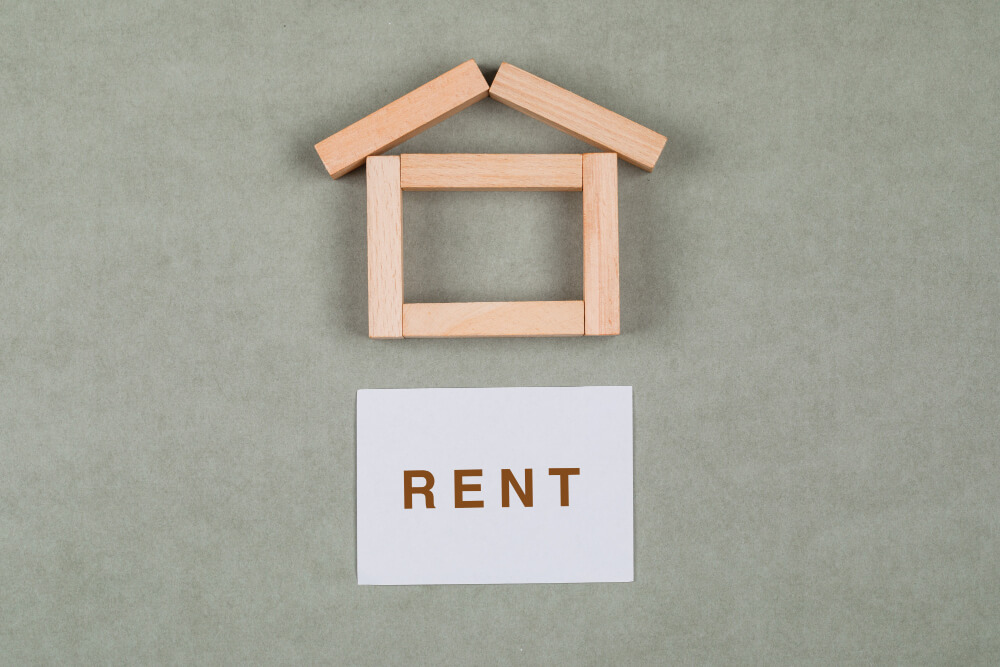In the intricate tapestry of real estate, the terms “trended” and “untrended” rents weave a crucial narrative that shapes the landscapes of fairness, affordability, and stability within the housing market.
These seemingly straightforward concepts, however, harbor profound implications for landlords, tenants, and the broader ethos of fair and affordable housing in the United States.



In this blog, we’ll explore these implications for landlords, tenants, not merely as disparate approaches to rent structuring, but as critical components of the housing ecosystem seeking equilibrium.
1. Definition
- Trended Rents: Trended rents reflect the historical trend or pattern of a property’s rental pricing.
This involves assessing the rent changes over a specific period, enabling a forecast of future rent increases or decreases based on this historical data.
Trended Rents not only consider the inflation rate, but also take into account the changes in demand and supply, and other related factors, which is why during stable economic times, trended rents can provide an accurate estimate of the rental market.
However, it is important to note that in the case of major economic upheavals, like a global pandemic, the accuracy of trended rents may decrease as they may not be able to capture sudden changes in the market.
- Untrended Rents: In contrast, untrended rents do not consider historical patterns.
Instead, they typically remain static or change based on immediate factors like market demand or inflation. Lets understand them:
- Protection in Unstable Times: In times of economic uncertainty or instability, untrended rents provide a safe, predictable method for setting rental prices. Since the approach is less reliant on anticipating market trends, it can shield property owners from sudden market downturns or erratic price fluctuations.
- Simplified Management: By maintaining a more static rental rate or adjusting only for immediate factors like inflation, property owners may find it easier to manage their rental portfolios without constantly monitoring market trends.
- Underestimation of Rental Revenues: Because untrended rents do not take into account market-driven increases in rent, property owners may miss opportunities to maximize rental income during periods of economic growth or when demand is high.
- Inaccurate in Sustained Market Declines: Untrended rents may also fail to adjust adequately in response to sustained declines in the rental market. If market conditions worsen significantly, property owners may find their rental rates do not reflect the lower demand, potentially leading to vacancies.
2. Fair Housing Implications
- Trended Rents: Advocates argue that trended rents can promote fairness by preventing sudden spikes in rental costs.
It allows for more predictable rent increases, potentially benefiting tenants by providing them with a clearer idea of future expenses.
- Untrended Rents: Untrended rents might lead to more abrupt changes in rental costs, which could affect tenants disproportionately, potentially leading to affordability challenges or sudden financial strains.
3. Impact on Affordability
- Trended Rents: From an affordable housing perspective, trended rents might offer stability as tenants can anticipate rent increases and budget accordingly.
It allows for more predictable rent increases, potentially benefiting tenants by providing them with a clearer idea of future expenses.
However, if historical trends showcase significant rent hikes, this stability might pose challenges for lower-income households.
- Untrended Rents: While untrended rents might seem more stable in the short term, they can be unpredictable in the long run, making it harder for tenants, especially those with limited financial means, to plan and afford housing expenses.
4. Market Dynamics
- Trended Rents: Landlords utilizing trended rents may have a clearer view of the market trends, enabling them to make informed decisions about charging rents & finding rental comps, pricing adjustments, property investments, and maintenance.
However, trended rents might limit the flexibility of landlords in responding to immediate market changes or unforeseen circumstances.
- Untrended Rents: Untrended rents might be simpler to manage but could potentially overlook crucial market changes, leading to underpriced or overpriced rentals, impacting both landlords and tenants.
However, it offers more flexibility for landlords to adjust rental prices swiftly in response to sudden market shifts but might create instability for tenants.
5. Tenant-landlord Relationships
- Trended Rents: A transparent and predictable rent increase pattern might foster better communication and understanding between tenants and landlords, potentially creating strong housing communities.
During major economic upheaval, which is not covered under trended rents, disputes can be avoided with the help of rent concession addendum.
- Untrended Rents: Frequent changes in rental costs without a clear pattern might strain relationships, leading to disputes and dissatisfaction on both sides.
6. Legal and Regulatory Considerations
- Trended Rents: Some regions might have specific regulations or laws governing trended rents, aiming to ensure fairness and prevent exploitation of tenants through excessive or unpredictable increases.
- Untrended Rents: Untrended rents might be subject to different regulatory frameworks or may not have as strict guidelines, potentially leading to more varied practices across different regions.
7. Long-term Planning
- Trended Rents: For tenants, understanding trended rents can aid in long-term financial planning, allowing them to anticipate and prepare for incremental increases in housing expenses.
- Untrended Rents: The lack of historical data in untrended rents might hinder tenants’ ability to plan for the future, causing uncertainties about housing affordability over time.
8. Future Trends
- Trended Rents: With the growing emphasis on data-driven decisions, trended rents might become more prevalent, offering a balance between stability and adaptability in the rental market.
- Untrended Rents: While untrended rents might persist due to simplicity and ease of management, they might face scrutiny for their potential to create housing instability.
Conclusion:
The differences between trended and untrended rents hold significant implications for both landlords and tenants, especially in the contexts of fair housing and affordability.
Understanding these nuances can empower stakeholders to make informed decisions, promoting a more balanced and equitable housing market.
In the case of fair housing properties, the landlords should be well informed about untrended and trended rents as well as fair market rent and market rent.




